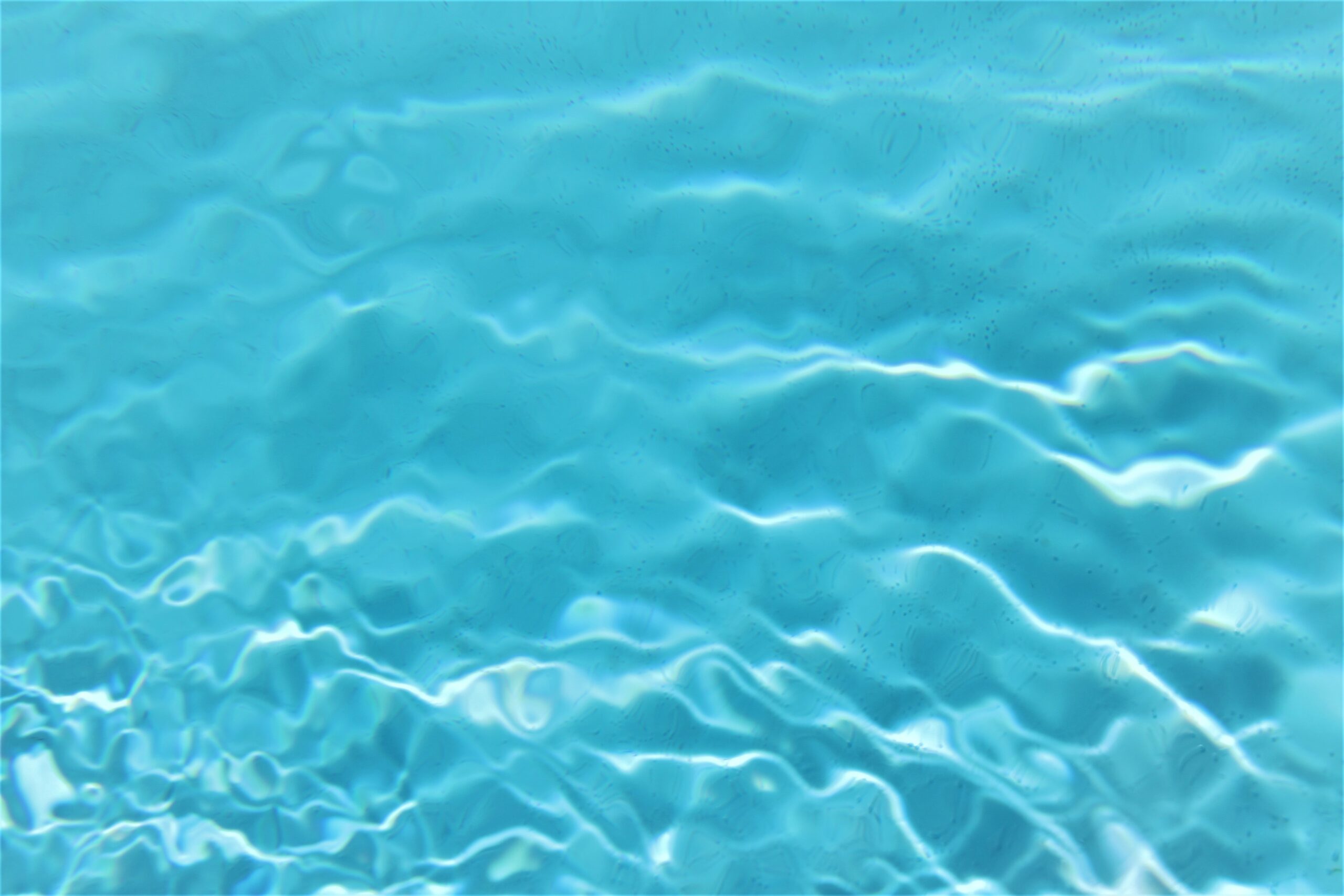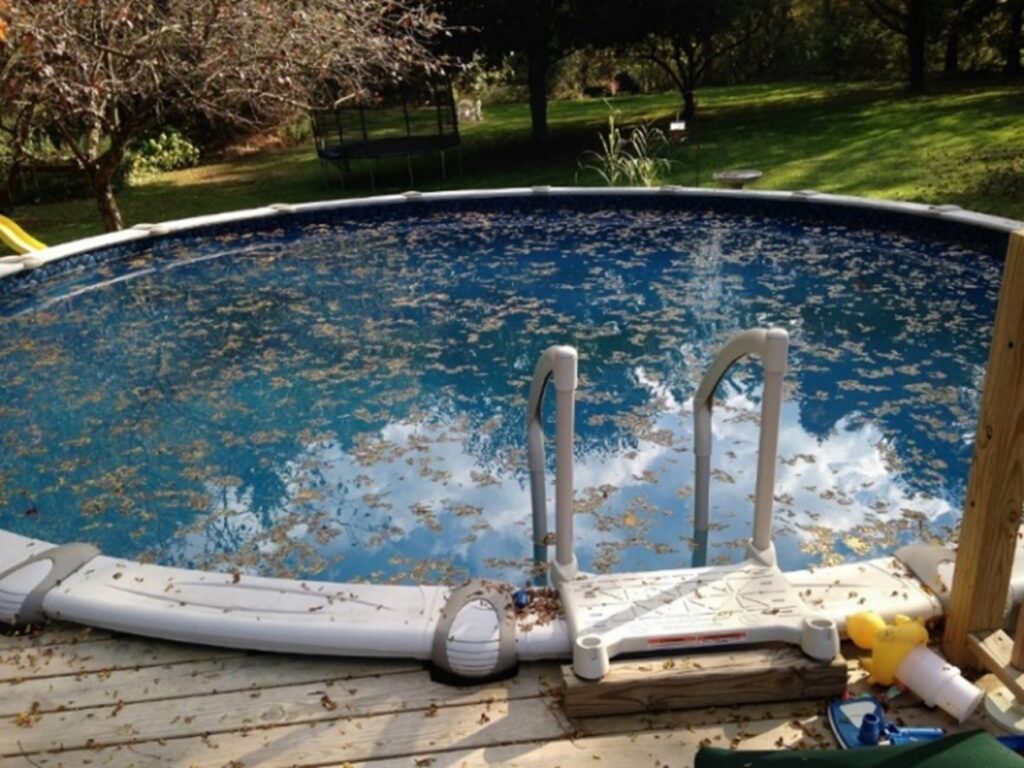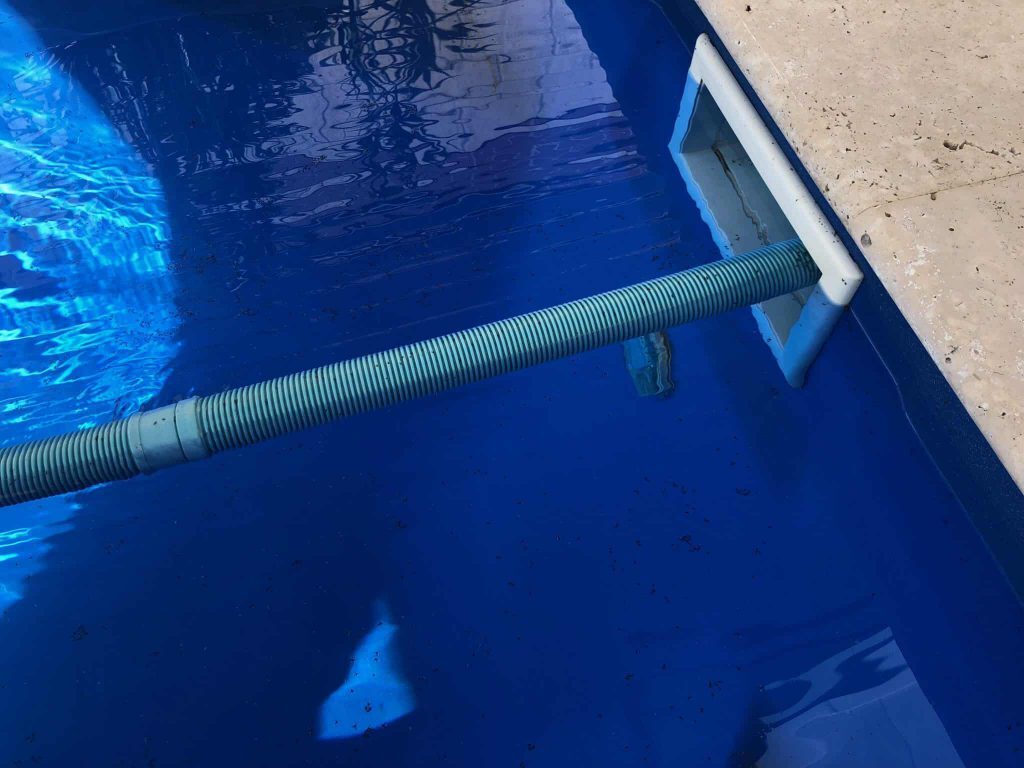Are you tired of dealing with frustrating water problems in your above ground pool? Whether it’s cloudy water, algae growth, or imbalanced pH levels, these common issues can put a damper on your pool time. But fear not, because we’re here to help! In this article, we’ll provide you with practical solutions to solve these water issues and get your pool back to its sparkling, crystal-clear state. Say goodbye to murky water and hello to refreshing swims!
This image is property of pe56d.s3.amazonaws.com.
1. Algae Growth
Algae growth is a common issue that pool owners may encounter in their above ground pools. These aquatic plant organisms thrive in warm and stagnant water, making swimming pool environments an ideal breeding ground. Algae growth not only affects the visual appeal of your pool, turning the water green or cloudy, but it can also pose a health risk to swimmers.
1.1 Causes of Algae Growth
There are several factors that contribute to algae growth in above ground pools. Some common causes include:
- Insufficient filtration and circulation: When the water is not properly circulated and filtered, it creates stagnant areas where algae can thrive.
- Inadequate sanitation: Improperly balanced chlorine or other sanitizers can lead to the growth of algae.
- Lack of maintenance: Neglecting pool maintenance tasks like regular cleaning, brushing, and skimming can create an environment conducive to algae growth.
- Presence of organic matter: Leaves, debris, and other organic matter provide a food source for algae to flourish.
1.2 Prevention Strategies
Preventing algae growth is essential to maintaining a clean and healthy above ground pool. Here are some effective prevention strategies:
- Regular cleaning and maintenance: Skim the pool surface, clean out debris from the skimmer and pump baskets, and brush the walls and floor to prevent algae buildup.
- Proper water circulation and filtration: Ensure that your pool pump and filter system are in good working condition to maintain efficient water circulation and filtration.
- Maintain appropriate sanitizer levels: Regularly test the water and adjust the chlorine or sanitizer levels as needed to inhibit algae growth.
- Use algaecides and clarifiers: Adding a weekly dose of algaecide and clarifier can help prevent algae growth and maintain water clarity.
- Remove organic matter promptly: Promptly remove leaves, grass, and other organic matter from the pool to minimize algae’s food sources.
1.3 Treatment Options
If you notice algae growth in your above ground pool despite your prevention efforts, there are various treatment options available:
- Shock treatment: Use a pool shock product with a high concentration of chlorine to kill and break down the algae. Follow the manufacturer’s instructions carefully.
- Algaecides: Choose an algaecide specifically formulated to treat the type of algae in your pool. Follow the instructions for dosage and application.
- Brushing and vacuuming: Brush the pool walls and floor to loosen algae and then vacuum it up using a pool vacuum or automatic pool cleaner.
- Filter cleaning: Clean or backwash your pool filter regularly to remove any trapped algae.
2. Cloudy Water
Cloudy water is another common issue that can detract from the overall enjoyment of your above ground pool experience. It not only affects the aesthetics of the pool but can also be a sign of underlying water quality issues.
2.1 Causes of Cloudy Water
Cloudy water in above ground pools can be caused by various factors, including:
- Poor filtration and circulation: Inadequate filtration or a malfunctioning pump can result in suspended particles not being effectively removed from the water, leading to cloudiness.
- Imbalanced water chemistry: A lack of proper water balance can cause minerals and other substances to bind together, forming particles that contribute to cloudiness.
- Presence of contaminants: If your pool is not properly protected, contaminants such as dirt, leaves, and sunscreen residues can contribute to cloudy water.
- High bather load: A significant increase in the number of swimmers or extended pool use can overload the pool’s filtration system, leading to cloudiness.
2.2 Prevention Strategies
To prevent or minimize cloudy water in your above ground pool, consider the following strategies:
- Regular cleaning and maintenance: Skimming the water surface, cleaning out debris from baskets, and brushing the pool walls and floor will reduce the amount of debris and particles in the water.
- Adequate filtration and circulation: Ensure that your pool pump and filter system are properly sized and functioning efficiently to effectively remove particles from the water.
- Balanced water chemistry: Regularly test the water and adjust the pH, alkalinity, and sanitizer levels to maintain proper water balance, which can prevent cloudiness.
- Use a clarifier: Adding a pool clarifier can help coagulate suspended particles, making them easier for the filter to remove and resulting in clearer water.
2.3 Treatment Options
If your above ground pool water becomes cloudy, here are some treatment options to consider:
- Shock treatment: Using a pool shock product can help oxidize organic contaminants and restore water clarity.
- Flocculant: Consider using a pool flocculant or clarifier designed to aggregate fine particles into larger clumps, making them easier to remove through vacuuming or filtration.
- Filter maintenance: Clean or backwash your pool filter if it becomes clogged or dirty to restore its filtering efficiency.
3. pH Imbalance
Maintaining proper pH levels in your above ground pool is crucial for both the comfort of swimmers and the longevity of pool equipment. pH imbalance can cause skin and eye irritations, corrosion of pool surfaces, and inefficient sanitizer activity.
3.1 Causes of pH Imbalance
Several factors can contribute to pH imbalance in above ground pools, including:
- Chemical imbalances: Overuse or underuse of pool chemicals such as chlorine or acid can affect the pH level.
- Environmental factors: Rainwater, leaves, and other debris entering the pool can impact the pH balance.
- Bather waste: Sweat, urine, and suntan lotions introduced by swimmers can affect pH levels.
3.2 Prevention Strategies
To prevent pH imbalance in your above ground pool, consider the following strategies:
- Regular water testing: Test the water regularly using a reliable pool test kit to monitor the pH level.
- Proper chemical dosing: Follow the manufacturer’s instructions when adding chemicals to the pool, ensuring that you maintain the appropriate pH range.
- Balance other factors: Take into account environmental conditions, such as rainwater, and adjust chemical treatments accordingly.
- Encourage proper hygiene: Encourage swimmers to rinse off before entering the pool and provide outdoor showers if possible to reduce the introduction of pollutants and contaminants.
3.3 Treatment Options
To correct pH imbalances in your above ground pool, try the following treatment options:
- pH increaser or reducer: Use a pH increaser (sodium carbonate) to raise the pH level or a pH reducer (sodium bisulfate) to lower the pH level. Follow the product instructions for proper dosage and application.
- Aeration: Increasing the pool’s exposure to air can help naturally balance pH levels. Consider using pool water features such as waterfalls or fountains that promote aeration.
- Seek professional advice: If you have persistent pH imbalances or are unsure about correcting the issue yourself, consult a pool professional who can provide expert guidance.
4. Chlorine Levels
Maintaining proper chlorine levels is crucial to keep your above ground pool safe and free from harmful bacteria and contaminants. Insufficient or excessive chlorine can lead to water quality issues and potential health risks for swimmers.
4.1 Causes of Chlorine Imbalance
Several factors can contribute to chlorine imbalance in above ground pools, such as:
- Insufficient chlorination: Inadequate addition of chlorine to the pool can result in ineffective sanitization and the growth of bacteria and algae.
- Overchlorination: Excessive use of chlorine can cause skin and eye irritations, chlorine odor, and bleaching of swimwear.
- Environmental factors: Sunlight, heat, and heavy pool usage can cause chlorine to degrade more quickly, requiring more frequent additions.
4.2 Prevention Strategies
To maintain proper chlorine levels in your above ground pool, consider the following prevention strategies:
- Regular water testing: Test the chlorine levels regularly using a reliable pool test kit to ensure they are within the appropriate range.
- Regular chlorination: Add the necessary amount of chlorine to the pool to maintain recommended levels.
- Use stabilizers: Consider using cyanuric acid or a stabilizer to protect chlorine from degradation caused by sunlight.
- Practice proper pool hygiene: Encourage swimmers to shower before entering the pool and remind them not to urinate or introduce contaminants into the water.
4.3 Treatment Options
If you encounter chlorine imbalance in your above ground pool, consider these treatment options:
- Shock treatment: Use a pool shock product to boost chlorine levels and restore proper sanitation. Follow the manufacturer’s instructions for dosage and application.
- Chlorine neutralizer: If chlorine levels become excessively high, utilize a chlorine neutralizer to reduce the concentration to a safe range.
- Consult a professional: If you are unsure about how to balance chlorine levels or have ongoing issues, seek advice from a pool professional who can provide tailored guidance.
This image is property of lirp.cdn-website.com.
5. Total Alkalinity
Total alkalinity refers to the water’s ability to resist changes in pH. It is an important aspect of water balance in above ground pools, as low or high alkalinity can lead to various water quality problems.
5.1 Causes of Total Alkalinity Issues
Several factors can contribute to total alkalinity issues in above ground pools, including:
- Chemical imbalances: Overuse or underuse of chemicals can affect total alkalinity levels.
- Environmental factors: Rainwater and other external factors can influence alkalinity levels.
- Groundwater contamination: High levels of minerals in the local water supply can increase total alkalinity.
5.2 Prevention Strategies
To prevent total alkalinity issues in your above ground pool, consider the following strategies:
- Regular water testing: Test the water regularly to monitor total alkalinity levels using a reliable pool test kit.
- Proper chemical dosing: Follow the manufacturer’s instructions when adding chemicals to the pool to maintain the appropriate total alkalinity range.
- Adjusting pH before alkalinity: If your pool’s total alkalinity is high, adjust the pH level first before attempting to address the alkalinity. This will make controlling alkalinity easier.
5.3 Treatment Options
To correct total alkalinity issues, try the following treatment options:
- Alkalinity increaser or reducer: Use an alkalinity increaser (sodium bicarbonate) to raise the total alkalinity level or an alkalinity reducer (muriatic acid) to lower it. Follow the product instructions for proper dosage and application.
- Consultation with a professional: If you are unsure about how to balance total alkalinity or have persistent issues, seek advice from a pool professional who can provide tailored guidance.
6. Calcium Hardness
Calcium hardness refers to the concentration of dissolved calcium in the pool water. Maintaining proper levels is essential to prevent scale buildup, corrosion, and other water quality problems.
6.1 Causes of Calcium Hardness Problems
Several factors can contribute to calcium hardness problems in above ground pools, including:
- Source water: The mineral content of the local water supply can influence calcium hardness levels.
- Chemical imbalances: Overuse or underuse of chemicals can affect calcium hardness.
- Environmental factors: Evaporation, high temperatures, and increased bather load can concentrate dissolved minerals, causing calcium hardness to rise.
6.2 Prevention Strategies
To prevent calcium hardness problems in your above ground pool, consider the following strategies:
- Regular water testing: Test the water regularly using a reliable pool test kit to monitor calcium hardness levels.
- Adjusting calcium levels: Add calcium increaser (calcium chloride) if levels are too low or use a sequestering agent if levels are too high.
- Proper chemical dosing: Follow the manufacturer’s instructions when adding chemicals to the pool to maintain appropriate calcium hardness levels.
6.3 Treatment Options
To correct calcium hardness problems in your above ground pool, consider the following treatment options:
- Calcium hardness increaser or reducer: Use a calcium hardness increaser (calcium chloride) to raise the calcium hardness level or a calcium hardness reducer to lower it. Follow the product instructions for proper dosage and application.
- Dilution: Partially draining and refilling the pool with fresh water can help reduce calcium hardness if levels are excessive.
- Consult a professional: If you are unsure about how to balance calcium hardness or have persistent issues, consult a pool professional for expert advice.
This image is property of s3-ap-southeast-2.amazonaws.com.
7. Metal Stains
Metal stains can severely detract from the visual appeal of your above ground pool. These stains are typically caused by dissolved metals in the water, such as iron or copper, which can be introduced through various sources.
7.1 Causes of Metal Stains
Several factors can contribute to metal stains in above ground pools, including:
- Source water: Dissolved metals in the local water supply can deposit on pool surfaces, causing stains.
- Metal components: The presence of metal components in the pool, such as heaters or plumbing fittings, can contribute to metal staining.
- Chemical imbalances: An imbalance in the pool’s pH, alkalinity, or sanitizer levels can cause metals to precipitate and stain the pool surface.
7.2 Prevention Strategies
To prevent metal stains in your above ground pool, consider the following prevention strategies:
- Regular water testing: Test the water regularly to monitor pH, alkalinity, and metal levels using a reliable pool test kit.
- Proper chemical dosing: Maintain appropriate pH, alkalinity, and sanitizer levels to prevent metal precipitation.
- Metal sequestering agents: Use a metal sequestering agent to bind and prevent metals from staining pool surfaces. Follow the product instructions for dosage and application.
7.3 Treatment Options
If you encounter metal stains in your above ground pool, consider these treatment options:
- Stain removal products: There are various stain removers available on the market. Choose a product specifically designed to address metal stains and follow the instructions carefully.
- Metal sequestration: Continuously use a metal sequestrant to prevent further staining and help remove existing stains over time.
- Consult a professional: If you have persistent metal staining issues or require assistance with stain removal, seek advice from a pool professional.
8. Foam Formation
Foam formation in an above ground pool can be a frustrating issue that affects the swimming experience. While the presence of some foam is normal, excessive foam can indicate underlying water quality issues.
8.1 Causes of Foam Formation
Several factors can contribute to foam formation in above ground pools, including:
- Organic contaminants: Lotions, oils, sweat, and other organic materials introduced by swimmers can create foam.
- Chemical imbalances: Incorrectly balanced water chemistry, including excessive sanitizer or certain algaecides, can lead to foam formation.
- Environmental factors: Environmental contaminants like rainwater or airborne pollutants can contribute to foam.
8.2 Prevention Strategies
To prevent excessive foam formation in your above ground pool, consider the following strategies:
- Shower before swimming: Encourage swimmers to rinse off their skin and remove lotions and oils before entering the pool, reducing the introduction of organic contaminants.
- Regular water testing: Test the water regularly to ensure proper water balance and adjust chemical levels as needed.
- Minimize chemical use: Avoid overusing algaecides or excessive sanitizer, as they can contribute to foam formation.
- Rule out potential contamination sources: Regularly maintain and clean pool equipment and remove any leaves or other debris that may contribute to foam.
8.3 Treatment Options
If you encounter excessive foam in your above ground pool, consider these treatment options:
- Reduce chemical concentrations: Adjust your pool chemistry by reducing sanitizer or algaecide levels to eliminate excess foam.
- Add a defoamer: Use a pool defoaming agent specifically designed to break down foam. Follow the manufacturer’s instructions for dosage and application.
- Consult a professional: If foam persists despite your efforts or you have ongoing foam issues, consult a pool professional who can provide expert guidance.
This image is property of www.kreepykrauly.com.au.
9. Water Discoloration
Water discoloration in above ground pools can be unsightly and concerning for pool owners. Discolored water often indicates an underlying water quality issue or the presence of contaminants.
9.1 Causes of Water Discoloration
Several factors can contribute to water discoloration in above ground pools, including:
- Algae growth: Green or brown water can indicate the presence of algae.
- Metal contaminants: Dissolved metals such as iron or copper can cause the water to appear brown, orange, or green.
- Chemical imbalances: Improper water balance can cause the water to turn cloudy, hazy, or lose its clarity.
- Environmental factors: Heavy rain, debris, or over-chlorination can affect water color and clarity.
9.2 Prevention Strategies
To prevent water discoloration in your above ground pool, consider the following strategies:
- Regular cleaning and maintenance: Skim the water surface, clean the pool walls and floor, and remove debris promptly to prevent water discoloration.
- Proper water circulation and filtration: Ensure your pool pump and filter system are functioning efficiently to maintain adequate water circulation and effective filtration.
- Regular water testing: Test the water regularly to monitor pH, alkalinity, and sanitizer levels, and adjust as needed to maintain water balance.
9.3 Treatment Options
If you encounter water discoloration in your above ground pool, consider these treatment options:
- Shock treatment: Use a pool shock product to eliminate algae and other contaminants that may be causing the water discoloration. Follow the manufacturer’s instructions for dosage and application.
- Metal sequestration: Use a metal sequestrant to bind dissolved metals and prevent them from causing coloration issues. Follow the product instructions for dosage and application.
- Consult a professional: If water discoloration persists or you require assistance in identifying and resolving the issue, seek advice from a pool professional.
10. Poor Water Circulation
Proper water circulation is vital to maintaining a clean and healthy above ground pool. Insufficient water circulation can lead to a variety of water quality problems, such as algae growth, cloudiness, and poor sanitization.
10.1 Causes of Poor Water Circulation
Several factors can contribute to poor water circulation in above ground pools, including:
- Inadequate pump size or malfunctioning pump: Insufficient pump capacity or a malfunctioning pump can limit water circulation.
- Clogged or dirty filters: Filters that are clogged or dirty may impede water flow, reducing circulation efficiency.
- Obstructed skimmer or return lines: Blockages in the skimmer or return lines can inhibit proper water circulation.
10.2 Prevention Strategies
To ensure proper water circulation in your above ground pool, consider the following prevention strategies:
- Proper pump selection: Ensure that your pool pump is correctly sized for your pool volume and filtration requirements.
- Regular pump and filter maintenance: Clean or backwash your pool filter regularly to remove debris and maintain optimal filtration efficiency.
- Clear skimmer and return lines: Regularly inspect and clear any blockages in the skimmer and return lines to ensure unobstructed water flow.
10.3 Treatment Options
If you experience poor water circulation in your above ground pool, consider these treatment options:
- Check and clean the pump basket: Remove and clean the pump basket to eliminate any debris or obstructions that may restrict water flow.
- Clean or backwash the pool filter: If your filter is dirty or clogged, clean or backwash it to restore optimal filtration and water circulation.
- Seek professional assistance: If you have concerns about your pool pump or filtration system’s performance, consult a pool professional who can diagnose and resolve any issues.
In conclusion, being aware of the common water issues that can arise in above ground pools and implementing preventive measures can help keep your pool water clean, clear, and enjoyable. Regular maintenance, water testing, appropriate chemical treatments, and swift response to any problems will ensure that your above ground pool remains a refreshing and inviting oasis throughout the swimming season. Remember, if you need guidance or are unsure about any specific water issue, never hesitate to consult a pool professional for expert advice tailored to your pool’s needs.








